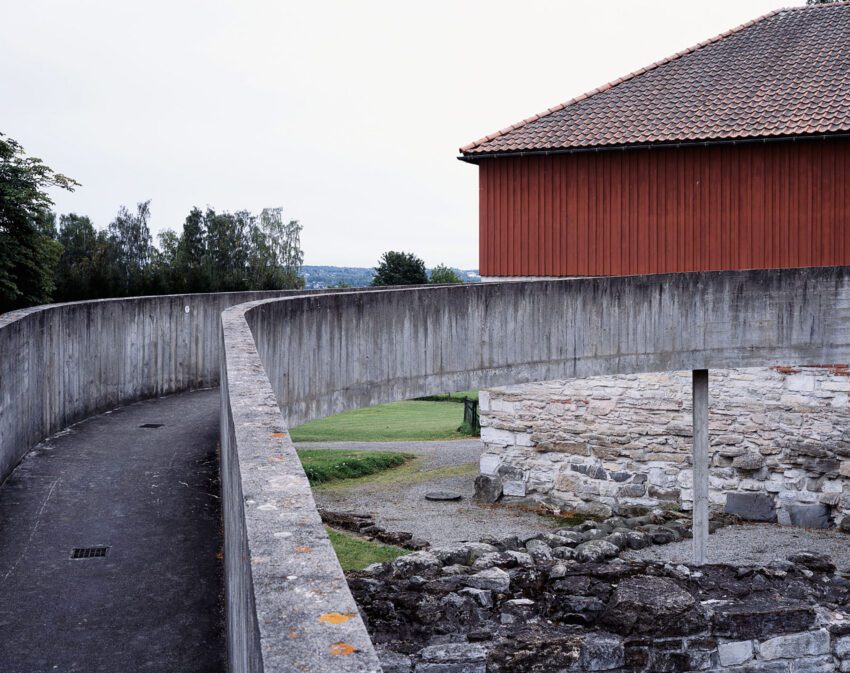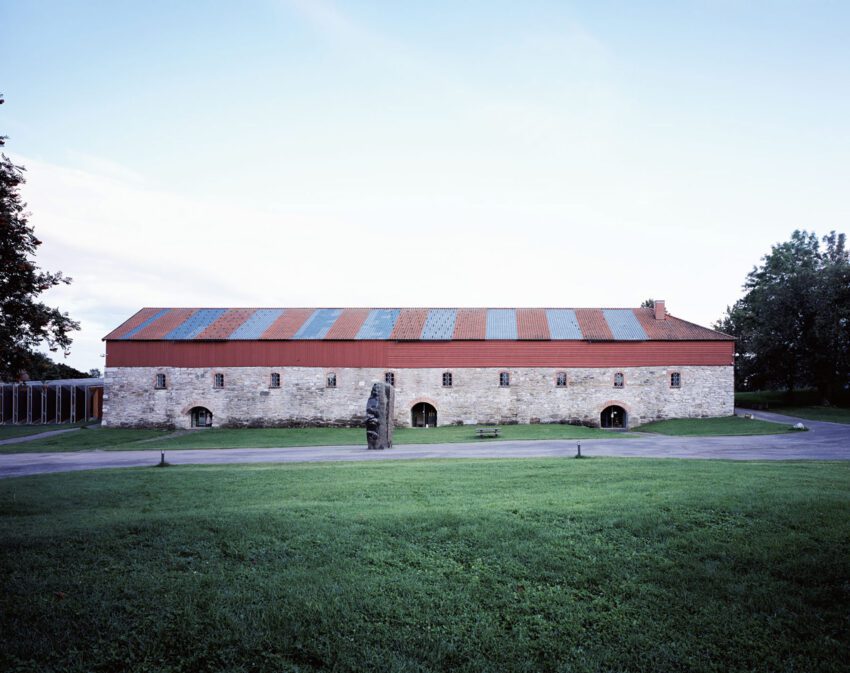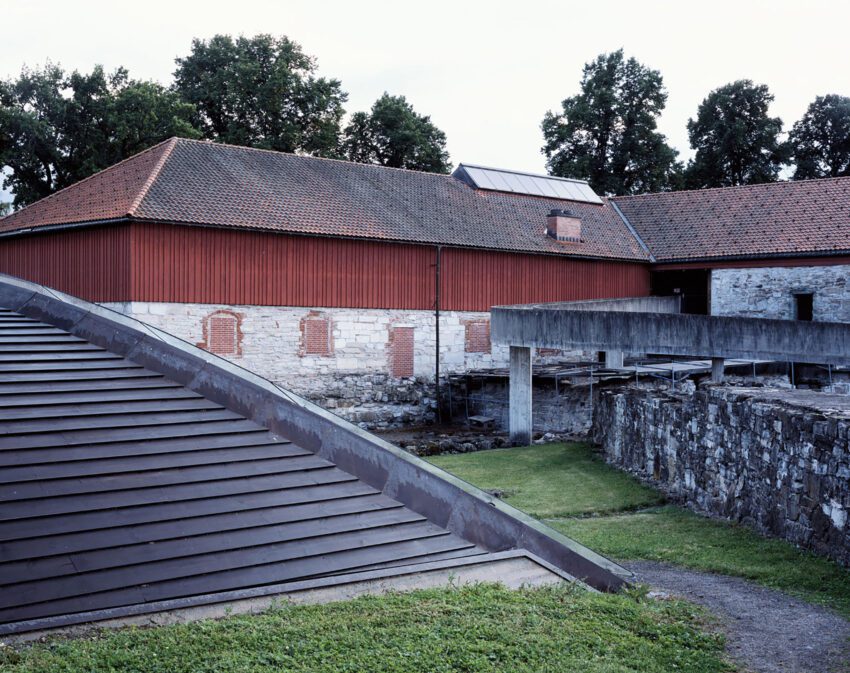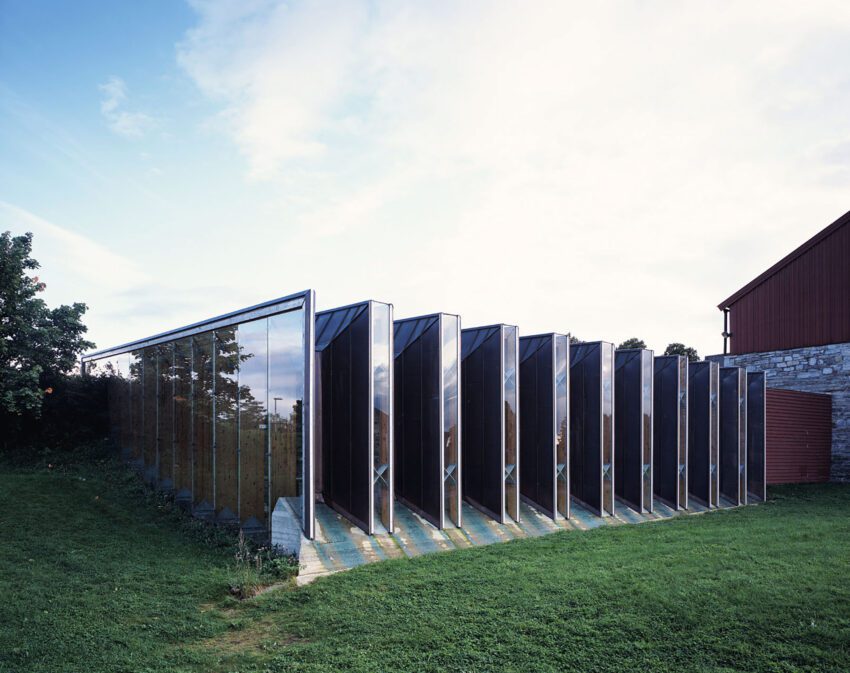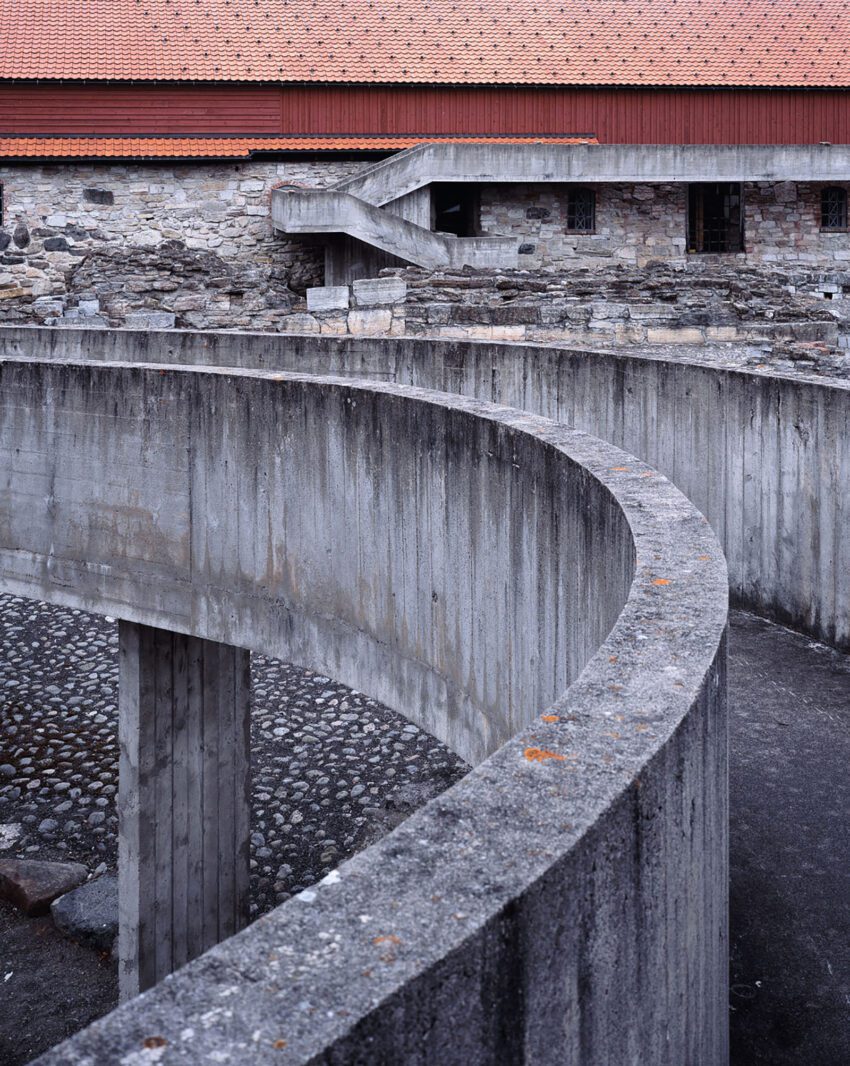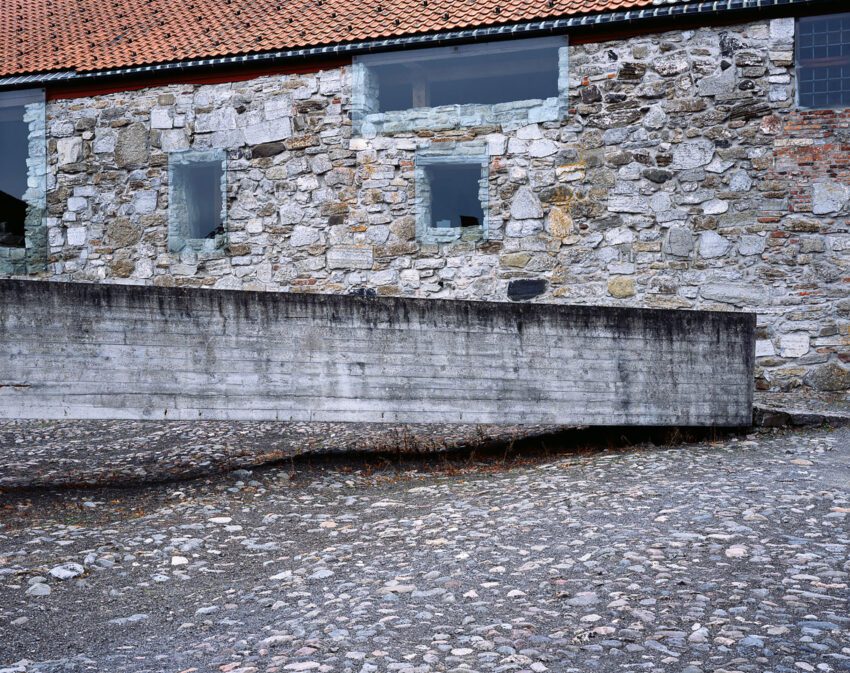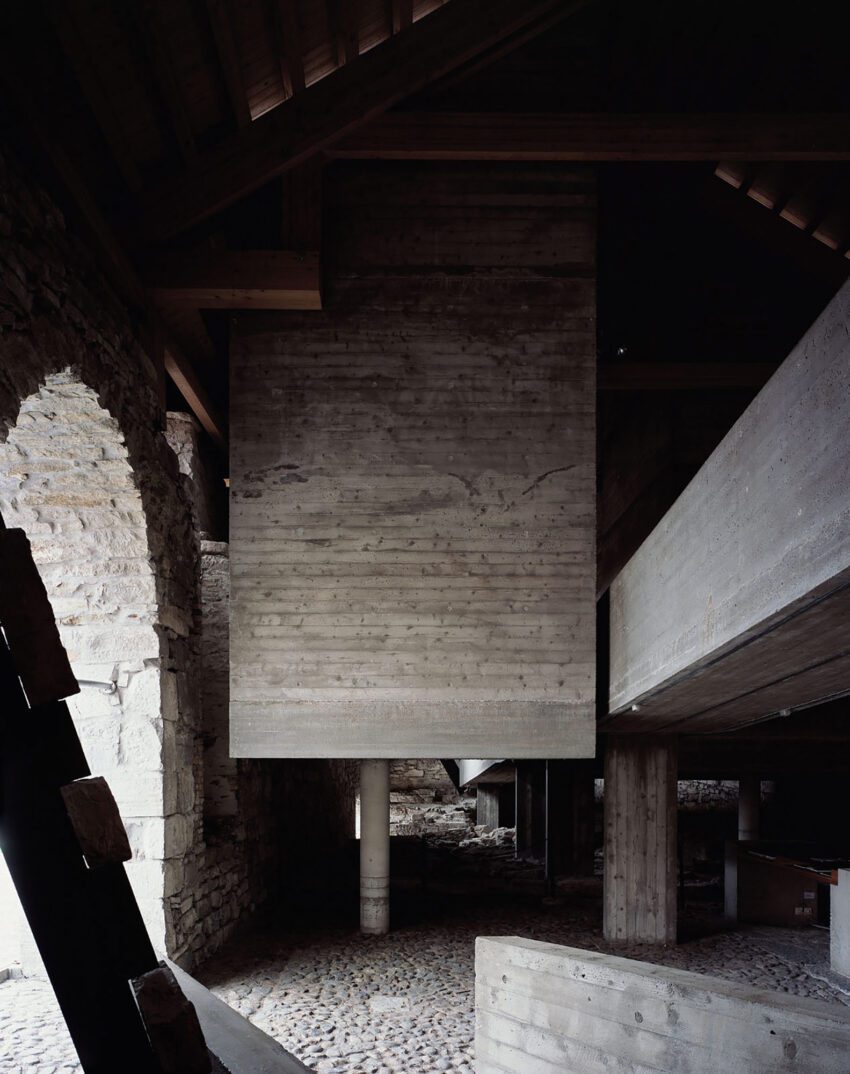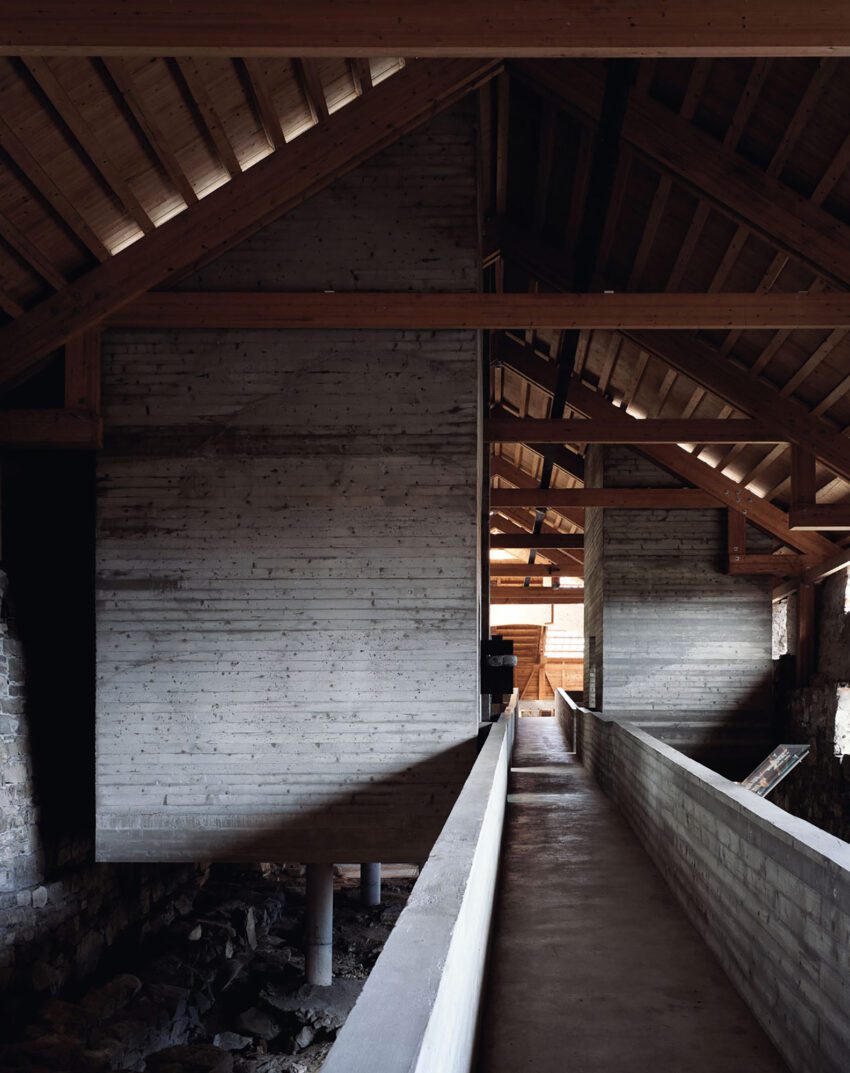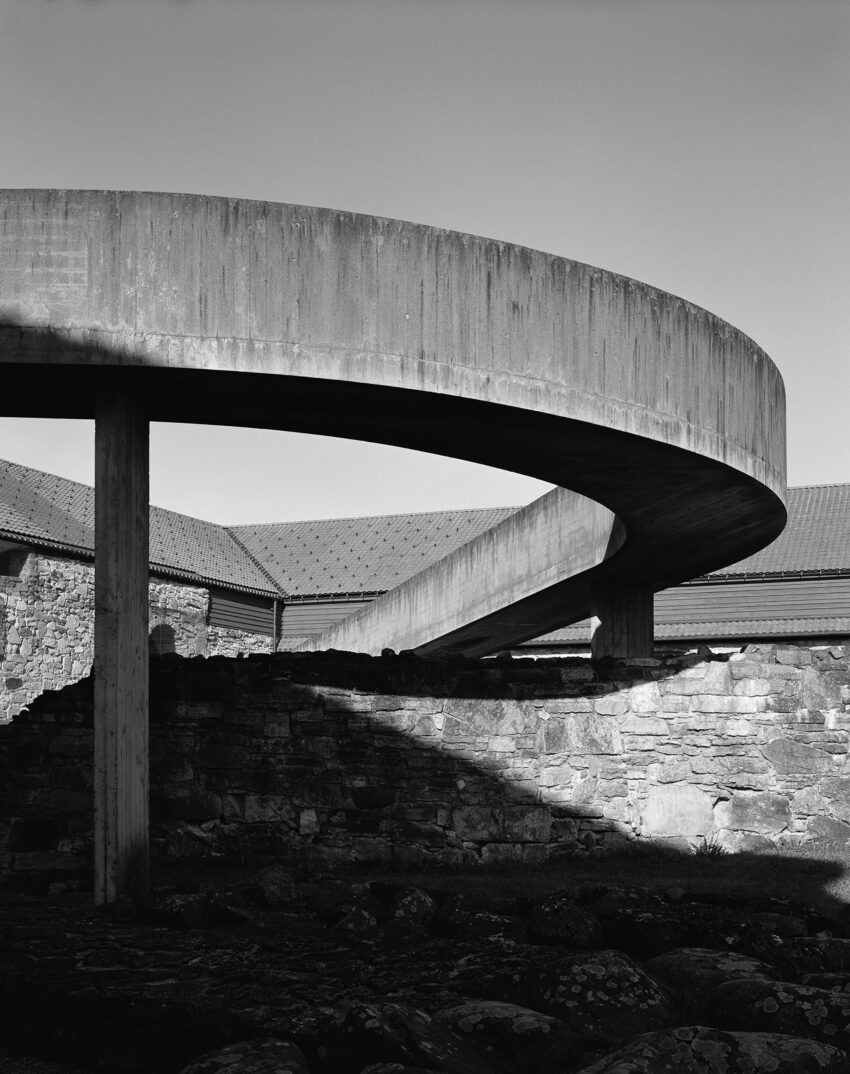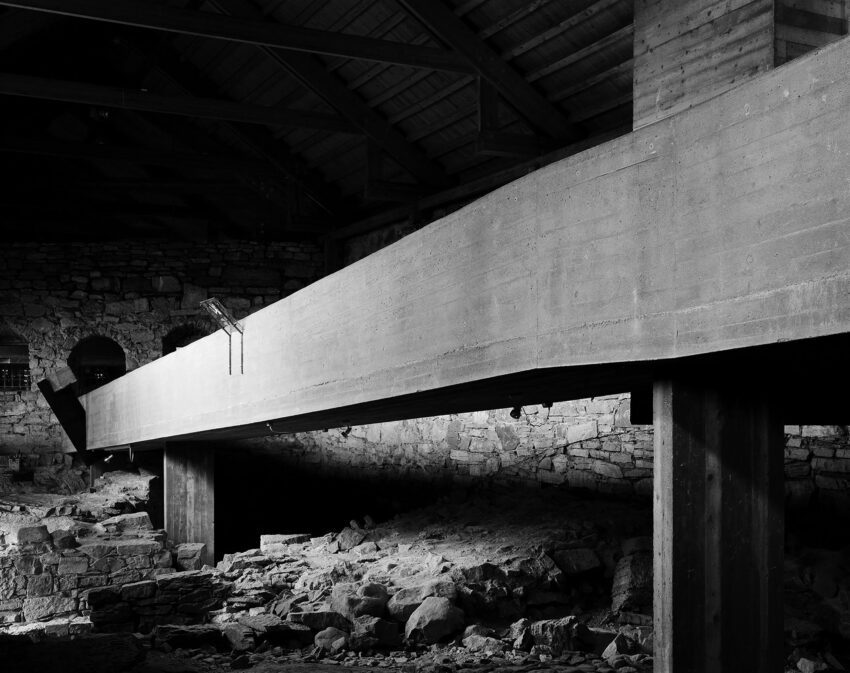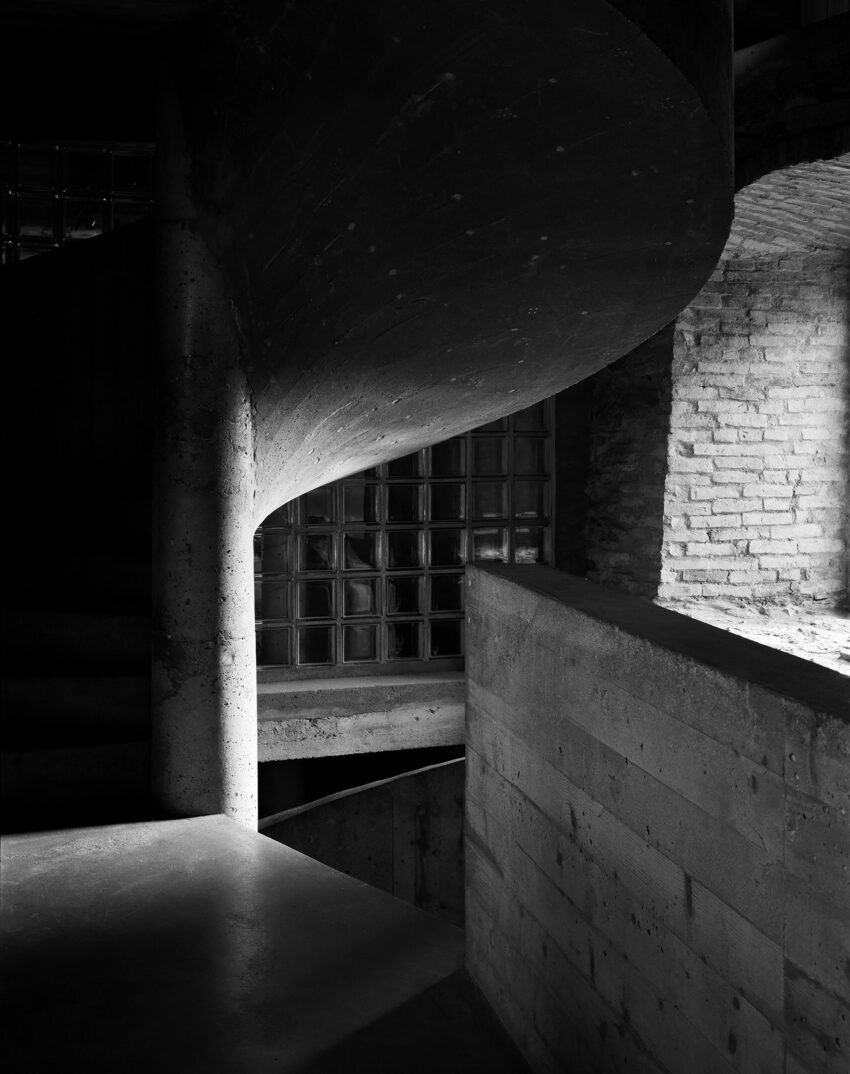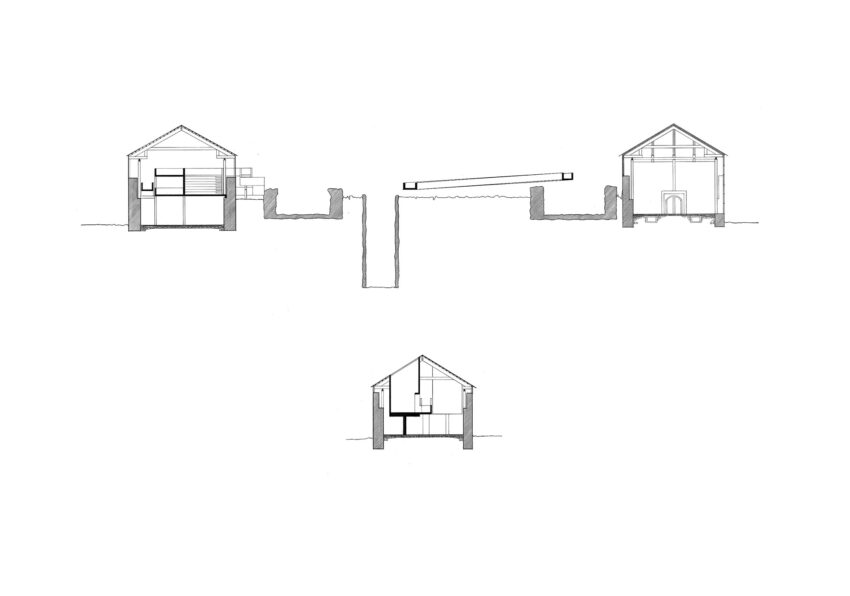The Hedmark Museum in Hamar, Norway, stands as an icon of post-war Nordic architecture. Designed by the Pritzker Prize-winning architect Sverre Fehn, the museum offers a rich tapestry of old and new. It is a complex where the ruins of a 13th-century Episcopal fortress meet 20th-century design thinking.
Hedmark Museum Technical Information
- Architects: Sverre Fehn
- Location: Hamar, Norway
- Topics: Museums, Renovation
- Project Year: 1967 – 1979
- Photographs: © Hélène Binet, © Caroline Vaussanvin
The object’s movement in relation to time is a strange phenomenon. If you take time out of it, our experience of the object begins to move. The various objects and their orientation to one another begin to react and communicate. The bullet has a reciprocal dialogue with the shield and the axe. The space is not filled with solitude once the visitors leave; the objects continue through their eloquence to speak to one another. They survive and continue on within their own solitude.
– Sverre Fehn1-2
Hedmark Museum Photographs
Materiality and Space: The U-Shaped Plan
Sverre Fehn began the design work for the Hedmark Museum in 1967, immediately after the completion of archeological excavations on site. His student from the Oslo School of Architecture, Per Martin Tvengsberg, who was the museum’s director at the time, commissioned the initial design. The construction started in 1969, with the barn being completed in 1971 and the southern wing with the auditorium in 1973. Exhibitions were finalized in the 1980s under the new director Ragnar Pedersen, while the pavilions in the courtyard were finished in 2005.
The museum is a U-shaped structure that houses 13th-century ruins and the remains of a 15th-century Bishop’s Castle. The museum’s design allows visitors to embark on a chronological journey through Norway’s rural history from medieval times to the 20th century. The museum was also used as a barn before its transformation and was saved from disrepair by converting it into a museum.
A defining feature of the museum is the sweeping concrete ramp that serpentines through the structure, creating a fluid, unbroken experience for the visitors. Notably, the form of the ramp references historic fortification walls. This ramp is complemented by a warm laminated timber roof that covers both the modern concrete elements and the historic stone walls. The bases of the timber columns feature a small gap, held up by subtle steel brackets, allowing the structure to hover slightly above the surface it rests on, imparting a feeling of lightness.
Interplay of Light and Darkness
Fehn’s design is a study of the dramatic use of light and space. Two suspended concrete rooms float within the old walls, containing artifacts in intricate glass vitrines. These rooms seem to glow, thanks to a carefully choreographed play of daylight from above and below. Furthermore, in some areas, clay pan roof tiles are replaced by glass ones, which bring a hazy, washed light into the spaces.
One of Fehn’s most insightful comments about the museum is related to the interplay of objects. According to him, the objects within the museum continue to interact and communicate even when visitors are not present. This dialogue between objects adds another layer of narrative to the space, making the museum not just a repository of objects but an arena for continued storytelling.
The Hedmark Museum stands as a lesson in how to merge history and contemporary architecture seamlessly. It represents a conversation between different eras, materials, and design philosophies. The museum’s structure is both rooted in its history and unashamedly modern, featuring Fehn’s trademark brutal yet delicate sculptural additions. This harmonious coexistence between the old and the new makes the Hedmark Museum an indispensable case study for anyone interested in the continuity and innovation inherent in timeless architecture.
Hedmark Museum Plans
Hedmark Museum Image Gallery

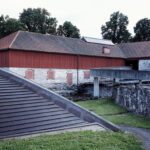


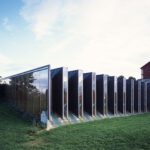


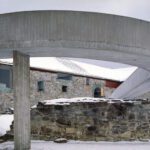
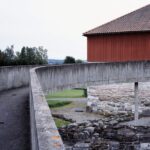
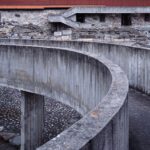
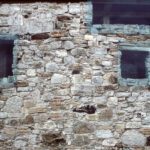
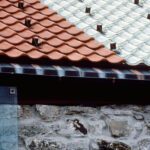
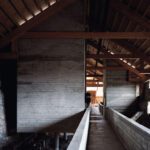
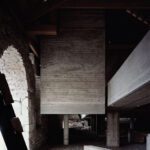
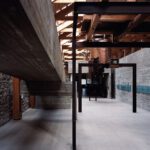
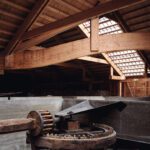
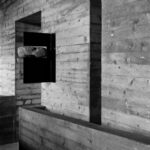
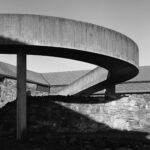

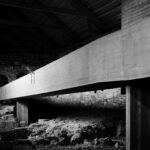

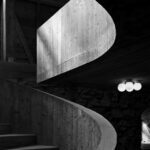

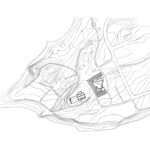

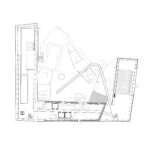
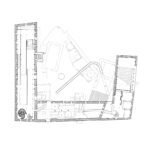
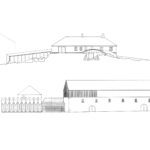
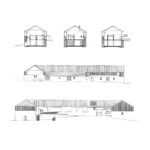
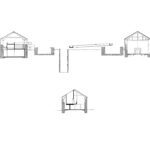
About Sverre Fehn
Sverre Fehn was a Norwegian architect who gained international recognition for his work, including winning the Pritzker Architecture Prize in 1997. Known for his unique approach to Nordic architecture, Fehn masterfully blended modernist ideals with local materials and landscapes, often resulting in designs that emphasized the interplay between light, natural elements, and built form. His work, such as the Hedmark Museum in Hamar, Norway, showcases his ability to harmonize historical context with contemporary design, making him a revered figure in the annals of 20th-century architecture.

